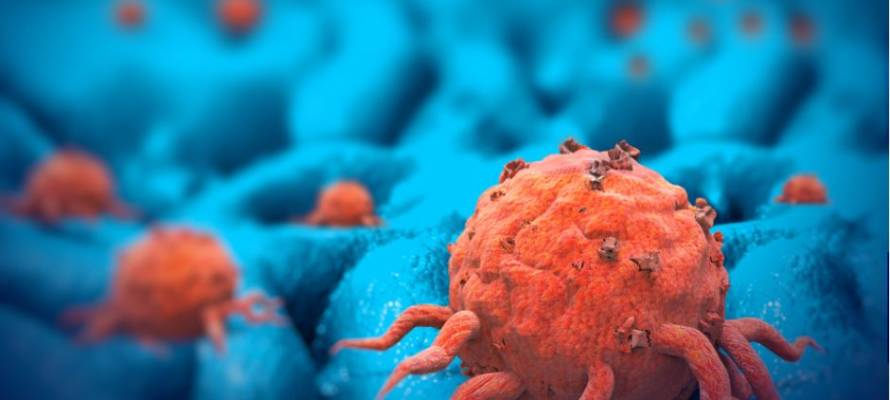‘This discovery allows us to potentially use cells from patient biopsies to predict disease progression or chemotherapy resistance quickly.’
By Shula Rosen
Scientists at Hebrew University are developing a new method for predicting the behavior of cancer cells, which may revolutionize diagnosis and treatment.
Israeli researchers have combined machine learning algorithms with nano informatics to determine cell uptake patterns. Through this process, they can predict how cancer will spread or respond to treatment.
“Our method is novel in its ability to distinguish between cancer cells that appear identical but behave differently at a biological level,” said Yoel Goldstein, a doctoral student at Hebrew University’s School of Pharmacy.
He added, “Being capable of collecting and analyzing new types of data brings up new possibilities for the field, with the potential to revolutionize clinical treatment and diagnosis through the development of new tools.”
This new method of observing and predicting cell behavior may make current cancer detection methods obsolete and could one day replace biopsies and scanning, which can often be inaccurate, time-consuming, and uncomfortable.
In addition, traditional methods may not capture the dynamic nature of cells or be able to predict how they will develop or react to treatment.
In the first phase, scientists exposed cancer cells to various sizes of cancer cells identified by various colors.
In subsequent phases, the cells were identified by the amount of particles consumed.
The patterns were analyzed by algorithms and AI, which could predict drug reactions and the potential to metastasize.
Nanoinformatics involves the study of tiny particles of matter and paired with AI, which detects patterns in behavior, the path of the cancer may be more easily predicted and prevented.
“This discovery allows us to potentially use cells from patient biopsies to predict disease progression or chemotherapy resistance quickly,” said Prof. Ofra Benny, who jointly led the study.
